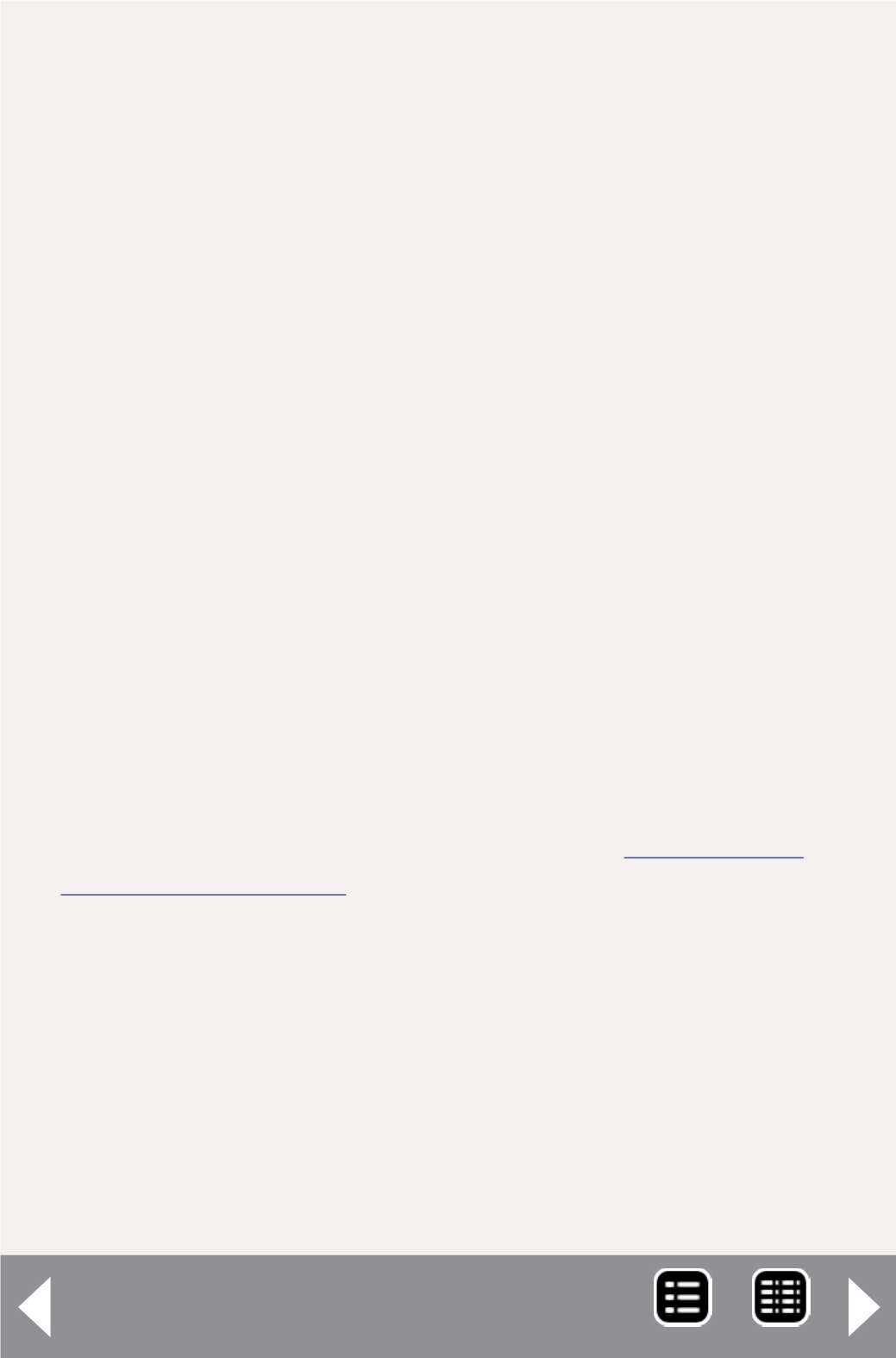
into place, hooking its tabs into the holes in the side window
assembly.
12.2 Wire the headlight
By now the Canopy Glue should have set up. Remove the blue
tape and hold the LED down with a bit of 3/8-inch Kapton tape,
as shown in figure 28.
Since we are wiring the headlight, The LED needs to connect
to the end of the decoder that is marked FRONT, even though
those contacts are in the rear of the loco. The long lead on the
LED, the one that lit up when the + buzzer lead was connected
to it, goes to the resistor you have hanging off the rear of the
decoder. The short lead goes to the rectangular pad on the
FRONT end of the decoder.
In figure 27, the wires are wrapped around the pad and the
resistor, ready to be soldered. Solder the wires in place.
This is what is known as Half Wave Lighting. Instead of the posi-
tive voltage coming from the blue lead, it comes from one of the
track pickups. They are the same voltage for this purpose, but
the rail voltage is only turned on about half the time (see the
DCC waveform in my December 2012 column -
. With LEDs this makes a very small dif-
ference in the total light output, but makes the wiring so much
easier. You’ll see why later. This technique is frequently used in
brass steamers, where the front LED or light is connected to the
right rail in the boiler and the decoder is located in the tender.
This saves one wire running between the tender and the loco.
12.3 Wire rear LED
The oval shaped pads on this decoder have 1.5 volts on them,
as this decoder was designed to replace the light board in the
DCC Impulses column - 17
MRH-Jan 2013


